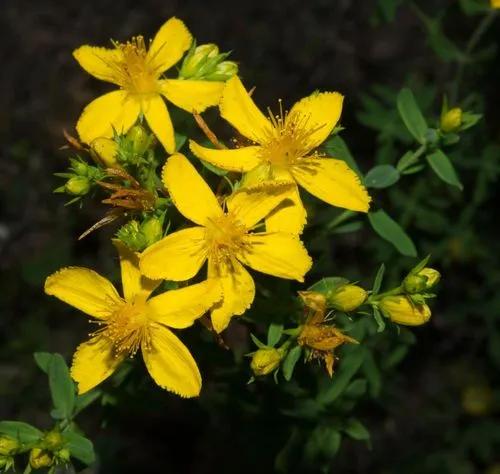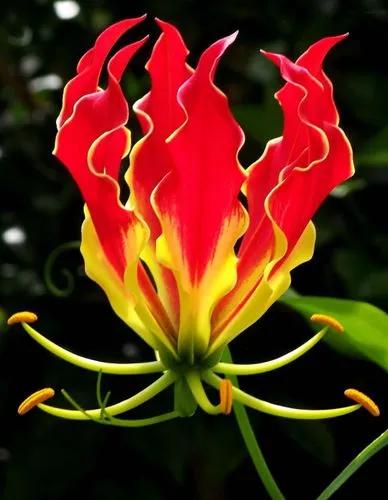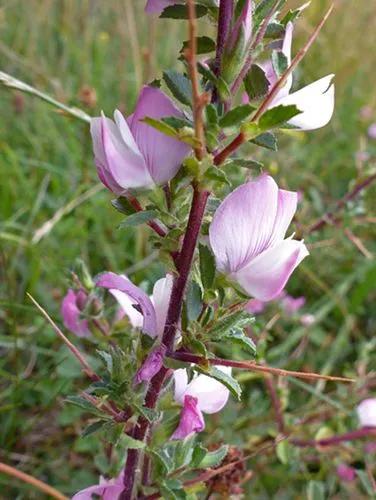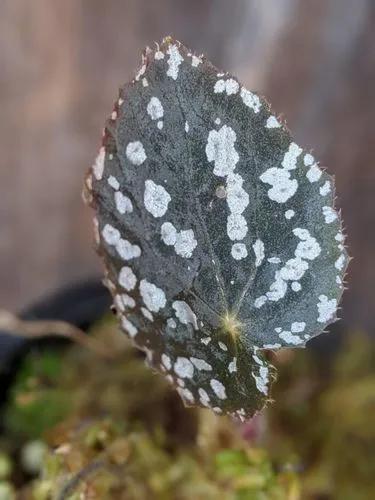Jacobaea vulgaris is a species of flowering plant in the Asteraceae family.
Ragwort Care
Jacobaea vulgaris



Usually a biennial and sometimes perennial herb, reaching a height of 30 to 100 centimeters. In the first year, a rosette of leaves about 20 centimeters long is formed. Leaves lyre-shaped, pinnate. Stem with inflorescences develops only in the second year. The heads of yellow flowers have a diameter of about 15 to 25 millimeters. The achene is crowned by a bang.
Growing form: Biennial or perennial herb. Rootstock short, erect.
Height: 30–80 cm (12–32 in.). Stem branched, deep-grooved, sparsely hairy, reddish brown.
Flower: Flowers form 15–25 mm (0.6–1 in.) wide, single flower-like capitula surrounded by involucral bracts. Capitulum flowers yellow, ray-florets tongue-like; disk florets tubular, small. Stamens 5. Gynoecium composed of 2 fused carpels. Involucre semi-spherical, involucral bracts 1 row, narrowly ovate, tapered, with membranous margins, virtually glabrous, green, dark-tipped; outer bracts at base of involucre 2–5, small, short, very narrow. Capitula quite dense, borne in a corymbose cluster.
Leaves: Alternate, basal leaves and lower stem leaves short-stalked, upper stalkless, slightly amplexicaul. Basal leaves large, usually withered by flowering time. Blade 1–2 times pinnately lobed, underside usually sparsely hairy, lobes large-toothed, often roundish-tipped.
Fruit: Round, ridged, glabrous–shortly haired, approx. 2 mm (0.8 in.) long achene with unbranched hairs on tip.
Habitat: Roadsides, waste ground, railway embankments, ballast soil deposits, harbours, yards, meadows.
Flowering time: July–September
This plant might be poisonous
How to Care for the Plant

Popularity

643 people already have this plant 150 people have added this plant to their wishlists
Discover more plants with the list below
Popular articles






